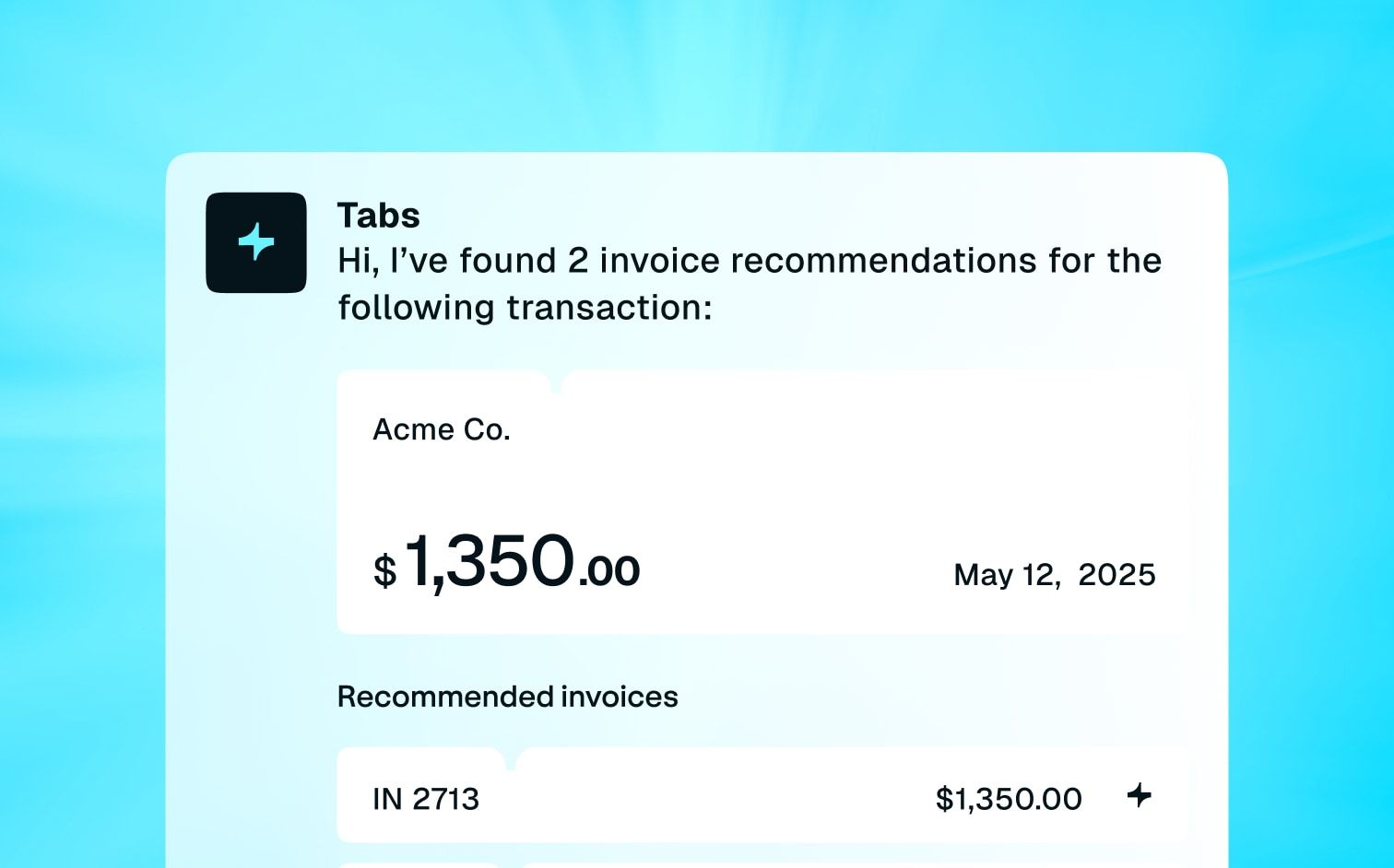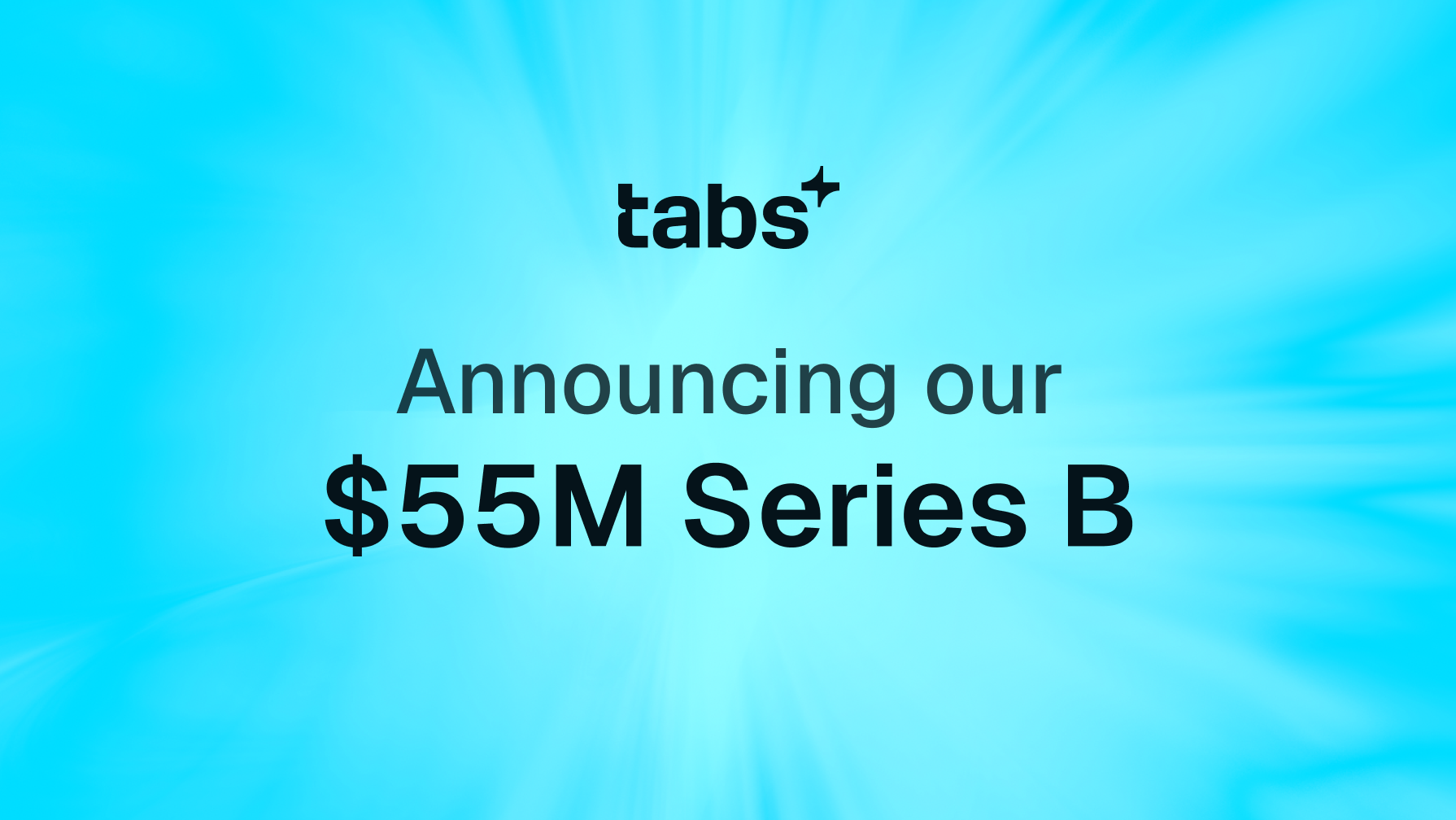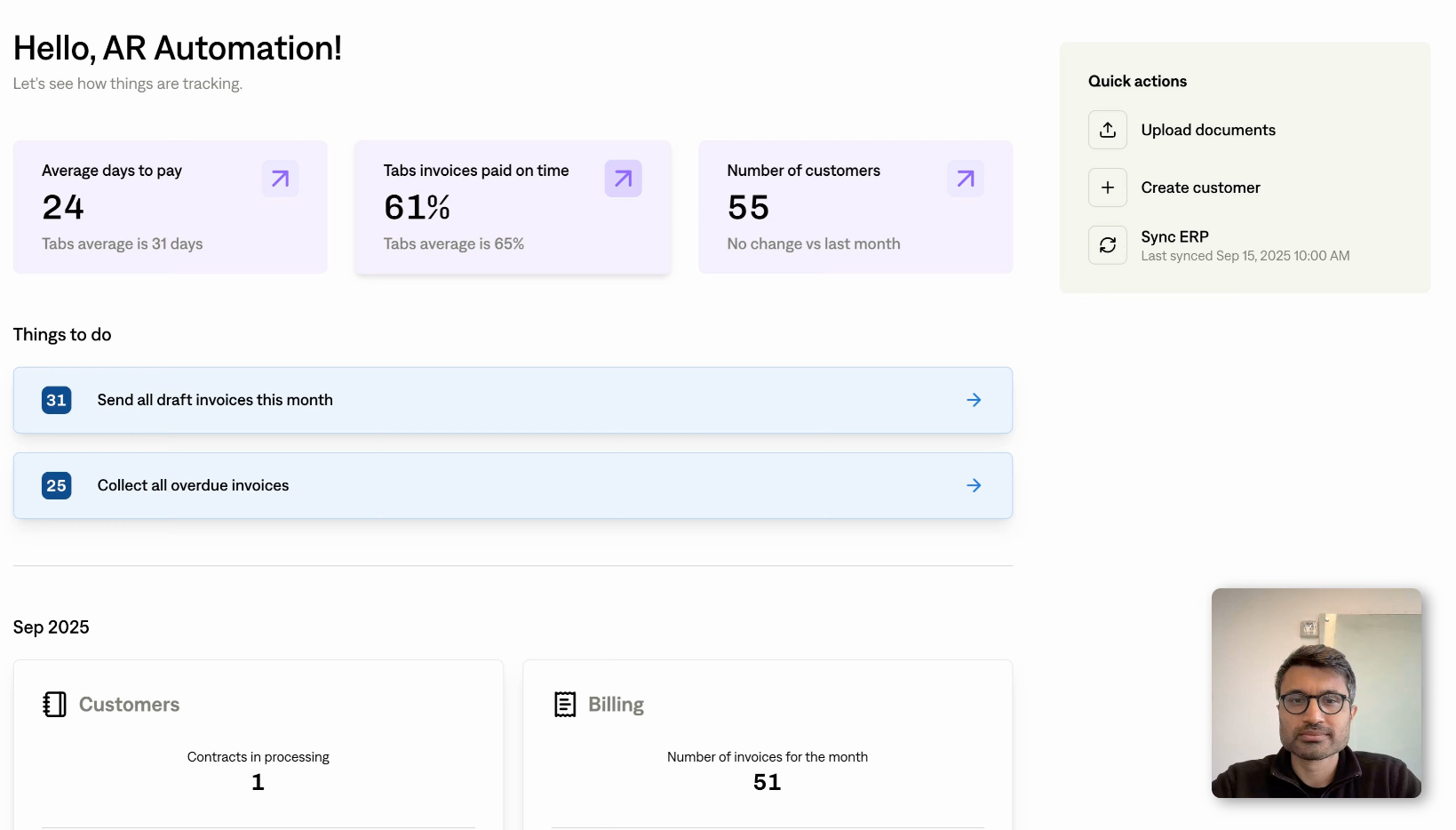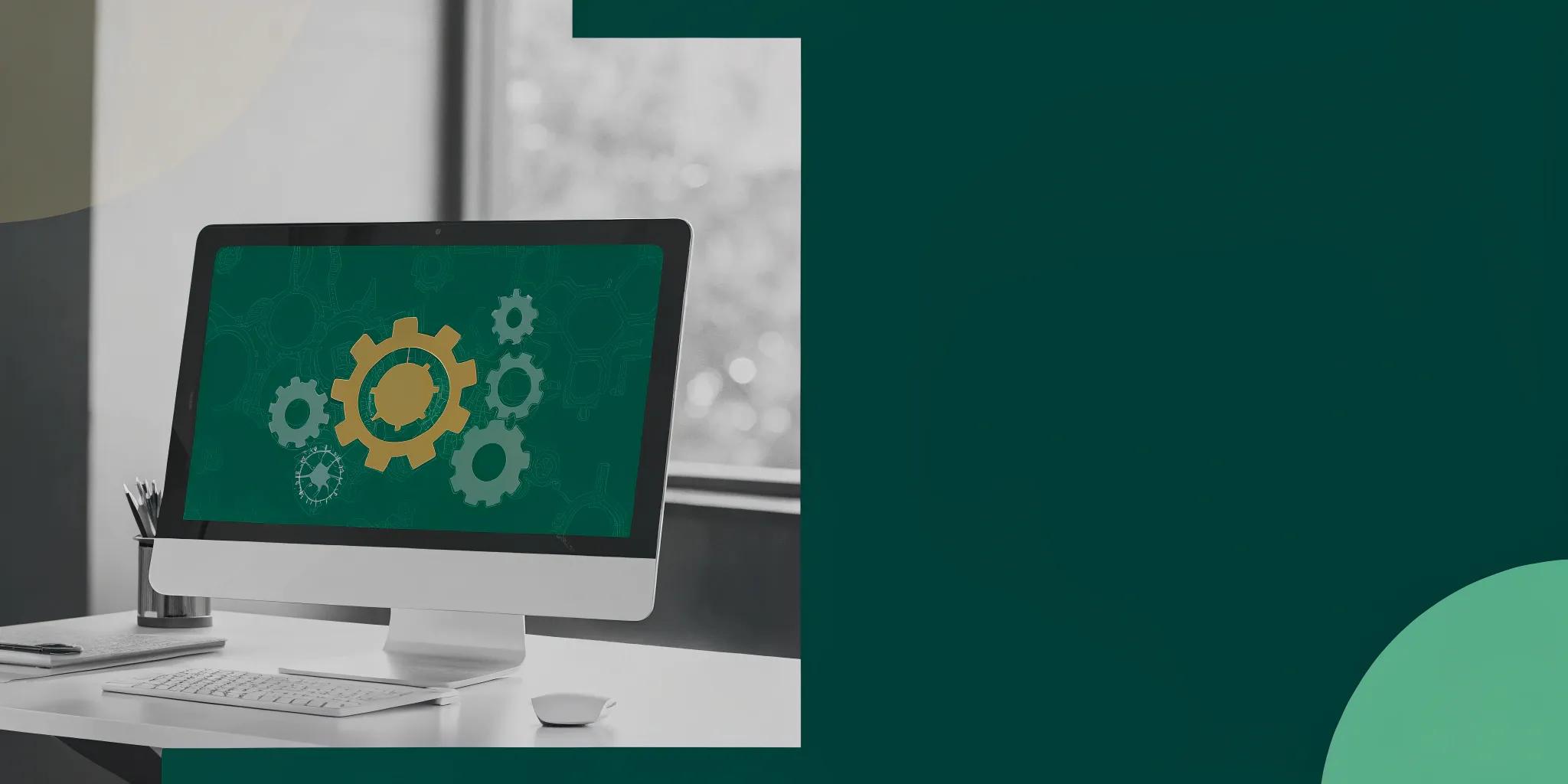Feeling overwhelmed by the sheer number of software subscriptions your company uses? You're not alone. Many businesses struggle to keep track of their SaaS spending, licenses, and security protocols, often leading to wasted resources and potential vulnerabilities.
This is where SaaS management comes in. Think of it as spring cleaning for your software—getting rid of what you don't need, making sure you're getting the best deals on what you do, and ensuring everything is secure.
In this guide, we'll explore the essentials of SaaS management, from understanding its core components to choosing the right platform and maximizing your return on investment. We'll also delve into best practices for implementation and how to measure your success. Get ready to take control of your SaaS stack and optimize your software investments.
Key Takeaways
- Effective SaaS management optimizes software spending and strengthens security. Centralized platforms provide the visibility and control needed to manage subscriptions, eliminate redundancies, and protect sensitive data, directly impacting your bottom line.
- Essential SaaS management features include centralized control, automated provisioning, license optimization, usage analytics, and integrations. These features streamline workflows, reduce manual effort, and provide valuable insights for informed decision-making.
- Successfully implementing SaaS management requires a structured approach and ongoing optimization. Conducting thorough audits, establishing clear policies, fostering employee adoption, and regularly reviewing your SaaS stack are crucial for maximizing the benefits of your SaaS management platform.
What is SaaS Management?
SaaS management is the process of overseeing and organizing your company's software subscriptions. It involves keeping track of which software your team uses, how much each subscription costs, and whether you're getting the most value from each tool. This includes everything from discovering shadow IT and optimizing licenses to ensuring your data stays secure.
Core Components
It starts with gaining a clear picture of your current SaaS landscape—identifying all applications in use, including those sanctioned by IT and any under-the-radar subscriptions. License management is crucial, ensuring you're not overpaying for unused licenses or facing compliance issues. Monitoring SaaS spending helps control costs and identify areas for optimization. Finally, robust SaaS management involves implementing security protocols to protect sensitive data and maintain compliance with industry standards.
Why SaaS Management Matters
Businesses rely on a growing number of SaaS applications to streamline operations and boost productivity. This proliferation of software, however, can quickly lead to a tangled web of subscriptions, wasted resources, and potential security vulnerabilities. Without proper oversight, companies risk overspending on redundant applications, experiencing data breaches, and struggling to maintain compliance.
Effective SaaS management provides the visibility and control needed to optimize software spending, strengthen security, and ensure your SaaS investments contribute to your bottom line. It empowers you to make informed decisions about your software stack, leading to greater efficiency and cost savings.
For example, the average company wastes millions of dollars yearly on unused software licenses—a problem easily addressed with a proactive SaaS management strategy. With the increasing emphasis on data security and privacy, robust SaaS management is no longer a luxury but a necessity.
Essential SaaS Management Platform Features
A robust SaaS management platform offers a suite of features designed to streamline your SaaS stack and optimize spending. Here’s a breakdown of the essentials:
Centralized Visibility and Control
SaaS management platforms provide a central dashboard to manage all your SaaS subscriptions. This gives you complete visibility into spending, usage, and upcoming renewals. Having a single source of truth streamlines payments, automates administrative tasks, and helps control costs.
Think of it as your command center for all things SaaS. Cledara explains SaaS management as a way to gain control over your software subscriptions, which is crucial for any growing business looking to scale efficiently.
Automated Provisioning and Deprovisioning
A key feature of a good SaaS management platform is automated provisioning and deprovisioning of user licenses. This simplifies onboarding and offboarding, saving time and reducing the risk of wasted licenses. Instead of manually managing access for each employee, the platform automates the process, ensuring quick access for new hires and prompt removal for departing employees. Dripify highlights this automation as a core component of effective SaaS management.
License Optimization and Cost Tracking
Effective SaaS management helps companies understand their software usage, identify and eliminate unnecessary programs, and ultimately save money. License optimization features help you right-size your licenses, ensuring you’re not paying for more than you need. Vendr emphasizes the importance of license management in avoiding wasted spending and maximizing the value of your software investments. Regularly reviewing and adjusting licenses based on actual usage can significantly impact your bottom line.
Usage Analytics and Reporting
Understanding how your team uses your SaaS tools is critical for optimization. Usage analytics and reporting provide insights into which applications are actively used, which features are most popular, and where potential redundancies exist. This data-driven approach allows you to make informed decisions about renewals, cancellations, and potential consolidations. Ardas IT discusses how SaaS analytics can be used to analyze user behavior, reduce churn, and ultimately grow recurring revenue.
Integrations
Seamless integrations with other business-critical tools are essential for a comprehensive SaaS management strategy. Your SaaS management platform should integrate with your financial systems, identity providers, and other relevant platforms to ensure data consistency and streamlined workflows. This interconnectedness simplifies data management and provides a holistic view of your SaaS ecosystem. Aloa highlights the growing importance of integrations in SaaS, emphasizing the need for seamless connectivity between different software solutions.
AI-Powered Insights and Security
Many modern SaaS management platforms leverage AI and machine learning to enhance their functionality. This includes automated discovery of shadow IT, proactive cost optimization recommendations, and enhanced security features. AI-driven insights can help you identify potential risks, optimize spending, and improve overall SaaS governance.
Zluri points out the increasing use of AI for improved functionality and actionable insights. These advanced capabilities empower you to make data-backed decisions and stay ahead of potential challenges.
Comparing Top SaaS Management Platforms
Finding the right SaaS management platform depends on your company's specific needs and priorities. Let's take a closer look at some of the leading options available, so you can make an informed decision.
Zluri
Zluri excels at streamlining software operations. The platform helps eliminate redundant applications and automate tasks, improving overall productivity. Think of it as a central command center for all your software, making it easier to manage licenses, onboard and offboard employees, and keep track of everything in one place.
Vendr
If visibility, compliance, and cost management are your top priorities, Vendr is worth considering. They offer a comprehensive SaaS management solution designed to give you a clear picture of your SaaS stack. This is especially helpful for larger organizations or those with strict regulatory requirements. With Vendr, you can gain control over your software spending and ensure you're meeting all necessary compliance standards.
Torii
Torii takes a lifecycle approach to SaaS management. From the initial discovery and procurement stages to ongoing optimization, Torii helps businesses effectively manage their software subscriptions. This end-to-end approach can be particularly beneficial for companies with a rapidly evolving tech stack.
Zylo
Zylo focuses on maximizing the return on your SaaS investments. Through discovery, optimization, and centralized management, Zylo helps you understand and control your SaaS spending. They also offer tools to identify and eliminate unused licenses, freeing up budget for other priorities.
Productiv
Productiv leverages data intelligence to optimize SaaS spending. By analyzing usage patterns and providing data-driven recommendations, Productiv helps businesses make smarter decisions about their software. This platform is ideal for organizations looking to fine-tune their SaaS strategy and ensure they're using their tools effectively.
Consider Tabs: The SaaS Platform for Revenue Automation
For finance leaders seeking to streamline workflows and drive efficiency, Tabs stands out as a purpose-built SaaS platform for revenue automation. Designed for modern B2B companies, Tabs consolidates fragmented finance tools into a unified system, eliminating the need for multiple point solutions.
With AI-powered contract term extraction, support for complex invoicing scenarios, seamless revenue recognition, and robust payment flexibility, Tabs enables finance teams to spend less time on manual processes and more time on strategic initiatives. Its intuitive reporting and integrations with your existing workflows make it easier to maintain accuracy, reduce errors, and scale with confidence.
Tabs doesn't just manage your SaaS stack—it empowers your finance team to automate and optimize revenue operations from end to end.
Pricing and ROI
Understanding pricing models and calculating potential return on investment (ROI) is crucial for effective SaaS management. Let's break down how to evaluate different pricing structures and ensure you're getting the most value from your SaaS investments.
User-Based vs. Application-Based Models
Many SaaS platforms offer either user-based or application-based pricing. User-based pricing ties costs to the number of individual users accessing the software. This model works well when a consistent number of team members need regular access.
Application-based pricing, on the other hand, charges based on the features or functionalities used, regardless of the number of users. This can be more cost-effective if you have a larger team but only a subset actively uses the platform. Consider which model aligns best with your team's size and how you anticipate using the software.
Gathering user feedback is invaluable in making this decision, as it helps you understand actual usage patterns and predict future needs. For complex invoicing scenarios, understanding your pricing model is especially important for accurate billing. Automating this process with a tool like Tabs can further streamline your operations and improve efficiency.
Tiered Options and Enterprise Solutions
Most SaaS providers offer tiered pricing options, ranging from basic plans to premium enterprise solutions. These tiers typically unlock additional features, support levels, or user allowances as you move up the pricing ladder. It's essential to carefully evaluate each tier to determine which features you truly need.
While enterprise solutions offer robust capabilities, they often come with a higher price tag. With the average company juggling numerous SaaS subscriptions, it's easy to overspend on features you don't fully utilize.
Choosing the right tier for each application in your SaaS stack is key to optimizing your overall spending and ensuring strong financial management. This careful evaluation contributes to a healthier bottom line and allows you to allocate resources more effectively.
Evaluating Cost-Effectiveness
Start by analyzing your current SaaS spending to identify areas of potential waste. Studies show that companies often waste a significant portion of their SaaS budgets on redundant applications or underutilized licenses. Implementing a robust SaaS management strategy, including regular software audits, can help you pinpoint these inefficiencies and reclaim lost resources.
By understanding your usage patterns and aligning your SaaS spending with your actual needs, you can significantly improve your ROI and free up budget for other strategic initiatives. This includes streamlining revenue recognition processes, which is essential for accurate financial reporting and forecasting.
Overcoming SaaS Management Challenges
Software has revolutionized how businesses operate, offering flexibility and scalability. But managing a growing SaaS stack can become complex. Let's explore some common challenges and how to address them.
Addressing Shadow IT
Many companies struggle to track all their SaaS subscriptions because employees often purchase software without IT approval. This "shadow IT" can create security vulnerabilities, compliance issues, and wasted spending. A good SaaS management strategy provides visibility into all software used across the organization, allowing you to identify and address shadow IT effectively.
This involves implementing clear software request processes and educating employees about the importance of compliance. Centralized software procurement helps rein in shadow IT and optimize your SaaS portfolio. Think of it as bringing all your software purchases under one roof, making it easier to see what everyone is using and ensuring it meets company standards.
Eliminating Redundant Applications
Over time, organizations often accumulate redundant applications—multiple tools serving the same purpose. This duplication leads to unnecessary costs and can complicate workflows. Effective SaaS management involves regularly reviewing your software stack to identify and eliminate these redundancies.
By consolidating tools and optimizing licenses, you can streamline your SaaS portfolio and reduce costs. Look for opportunities to negotiate better pricing with vendors based on your consolidated needs. Imagine having two project management tools when one could handle everything—consolidating simplifies things and saves money.
Ensuring Compliance and Security
Maintaining compliance with industry regulations and ensuring data security are paramount when managing SaaS applications. Regularly review the security protocols of your SaaS providers and ensure they align with your company's policies. Proactively managing SaaS contract renewals helps avoid auto-renewals at unfavorable terms and allows you to negotiate better conditions.
Staying informed about compliance requirements and incorporating them into your SaaS management strategy mitigates risks and protects your business. Think of this as proactive risk management—staying ahead of potential issues before they impact your business.
Optimizing SaaS Spending
Unused licenses, forgotten subscriptions, and inefficient pricing models can drain your budget. Optimizing SaaS spending requires visibility into your current spending patterns and identifying areas for improvement. Implementing a SaaS management platform can help track usage, identify unused licenses, and optimize renewals.
By actively managing your SaaS investments, you can free up resources and ensure you're getting the most value from your software. It's like spring cleaning for your software—getting rid of what you don't need and making sure you're getting the best deals on what you do.
Implementation Best Practices
Successfully implementing SaaS management requires a structured approach. These best practices will help you streamline the process and maximize the benefits of your chosen platform.
Conduct a Thorough SaaS Audit
Before you can effectively manage your SaaS stack, you need a clear picture of your current SaaS landscape. A comprehensive SaaS audit is the first step. Start by surveying employees to discover all the SaaS applications used across each department. This initial discovery process often reveals “shadow IT”—applications used without IT’s knowledge or approval—and highlights potential redundancies. A thorough audit helps you understand your software usage, identify unnecessary applications, and uncover opportunities for cost savings.
Establish Clear Policies and Governance
Once you understand your SaaS landscape, establish clear policies and governance structures. This provides a framework for managing your SaaS applications and ensures compliance with security and regulatory requirements. Define who has access to which applications, how new software requests are handled, and the process for deprovisioning unused licenses.
Clear guidelines help maintain control over your SaaS environment and minimize security risks. Consider centralizing software procurement through a dedicated team or platform to maintain better oversight.
Foster Employee Adoption
SaaS management initiatives are more successful with broad organizational buy-in. Communicate the importance of SaaS management to all stakeholders, including IT, finance, and individual departments. Explain how it benefits the entire organization, from cost savings and increased security to improved productivity. When employees understand the “why,” they’re more likely to embrace the new processes and tools.
Providing training and support can also encourage adoption and ensure everyone uses the SaaS management platform effectively. Highlighting success stories and quantifiable improvements can further solidify support.
Review and Optimize Regularly
SaaS management isn't a one-time project; it's an ongoing process. Regularly review your SaaS usage, licenses, and spending to identify areas for optimization. Collect user feedback to understand how well your SaaS applications meet employee needs and identify any pain points.
This ongoing review process allows you to adapt your SaaS strategy, ensuring your SaaS stack remains aligned with your business goals and delivers maximum value. Regularly scheduled reviews, perhaps quarterly or biannually, help maintain momentum and ensure continuous improvement.
Measuring Success
Successfully managing your SaaS stack isn't just about ticking boxes; it's about seeing tangible improvements across your business. How do you know your efforts are paying off? Here's how to measure the true impac:
Cost Savings and Optimization Metrics
One of the most immediate benefits of SaaS management is cost savings. The average company wastes millions annually on unused software licenses. Effective SaaS management helps identify and eliminate these unused licenses, redundant applications, and find opportunities for better pricing. A good SaaS management platform will give you clear visibility into your SaaS spending, allowing you to track software costs, identify areas of overspending, and negotiate better contracts with vendors.
Look for reductions in your overall SaaS spend, a lower cost per user, and fewer wasted licenses as key indicators of success. For example, consolidating tools or switching to annual billing for frequently used software are clear wins. Centralized visibility and control is key to achieving these cost savings.
Productivity and Efficiency Gains
Beyond cost savings, effective SaaS management can significantly boost productivity. When employees have quick access to the software they need and aren't bogged down by managing licenses or approvals, they can focus on their core work. A streamlined SaaS management process also simplifies software renewals and makes it easier for employees to get the software they need, which contributes to a more efficient workflow.
Measure success here by tracking metrics like employee onboarding time for new software, the time it takes to resolve software access issues, and even overall employee satisfaction with the available tools. If your team is spending less time wrestling with software and more time on productive tasks, your SaaS management strategy is working. Automated provisioning and deprovisioning is a key feature to look for in a SaaS management platform.
Risk Reduction and Compliance Indicators
Finally, don't underestimate the importance of risk reduction and compliance. SaaS management helps keep track of who has access to sensitive information, preventing security breaches and ensuring compliance with industry regulations. This includes actively managing SaaS contract renewals to avoid auto-renewals and negotiate better terms.
Track metrics like the number of security incidents related to SaaS applications, the time it takes to resolve compliance issues, and the percentage of your SaaS stack that meets regulatory requirements. A decrease in security risks and faster compliance resolution times are clear signs of a successful SaaS management program. AI-powered insights and security features can be particularly helpful in this area.
Related Articles
- SaaS Subscription Management: The Definitive Guide
- SaaS Accounting Services: Your Complete Guide
- A Field Guide to SaaS Accounting
- SaaS Billing Software: A Buyer's Guide
- Software Subscriptions: A Practical Guide for Businesses
Frequently Asked Questions
What exactly is SaaS management, and why is it so important?
SaaS management is simply keeping track of and organizing all your company's software subscriptions. It's about understanding what software you're using, how much it costs, who's using it, and if you're truly getting your money's worth. It's important because without it, companies often waste money on unused licenses, duplicate applications, and face potential security risks. Think of it as spring cleaning for your software subscriptions—clearing out the clutter and making sure everything is running smoothly.
Our company is growing quickly. How can a SaaS management platform help us scale efficiently?
Rapid growth often leads to a surge in software subscriptions, making it difficult to keep track of everything. A SaaS management platform provides a central hub for all your software, automating tasks like onboarding and offboarding employees, managing licenses, and tracking spending. This automation frees up your team to focus on growth, not administrative overhead. It also helps you avoid unnecessary costs by ensuring you're not paying for more licenses than you need.
What key features should I look for in a SaaS management platform?
Look for a platform that offers centralized visibility into all your subscriptions, automated provisioning and deprovisioning of user licenses, license optimization and cost tracking, usage analytics and reporting, and seamless integrations with other business tools. AI-powered insights and enhanced security features are also becoming increasingly valuable. The right platform will depend on your specific needs, so consider what's most important to your organization, whether it's cost savings, security, or streamlined workflows.
How can I convince my team to adopt a new SaaS management strategy?
Start by clearly communicating the benefits of SaaS management to everyone involved. Explain how it will save the company money, improve security, and make their work lives easier. Highlighting success stories and quantifiable improvements can be very persuasive.
Providing training and support on the new platform will also encourage adoption and ensure everyone feels comfortable using it. Make it clear that this isn't just another administrative burden, but a valuable tool that will benefit everyone.
How do I measure the success of my SaaS management efforts?
Look for tangible improvements in several areas: cost savings (reduced spending, lower cost per user), productivity gains (faster onboarding, streamlined workflows), and risk reduction (fewer security incidents, improved compliance). Regularly review your SaaS usage and spending to track progress and identify areas for further optimization. Remember, SaaS management is an ongoing process, not a one-time fix. Continuous monitoring and adjustment are key to long-term success.





